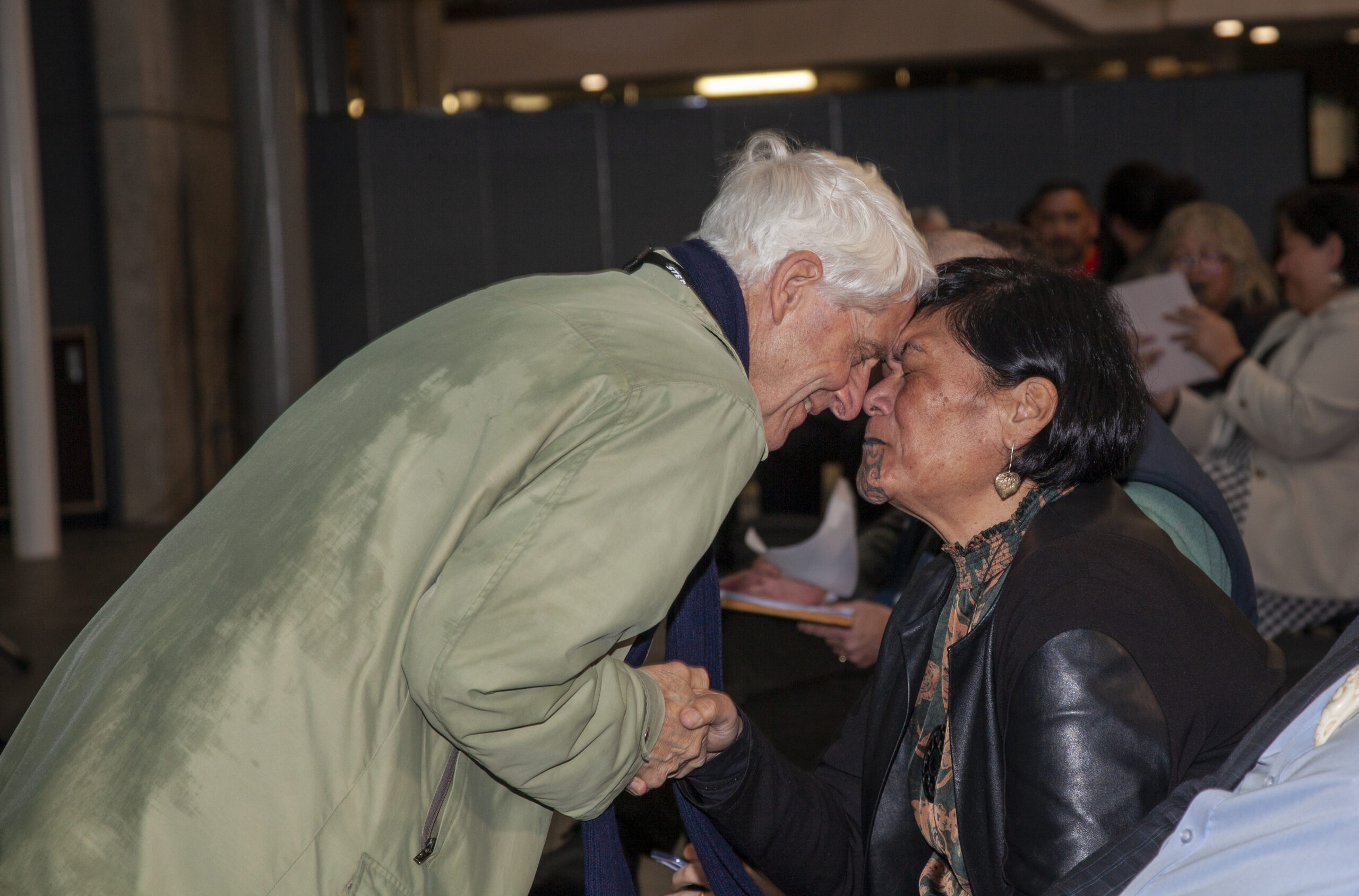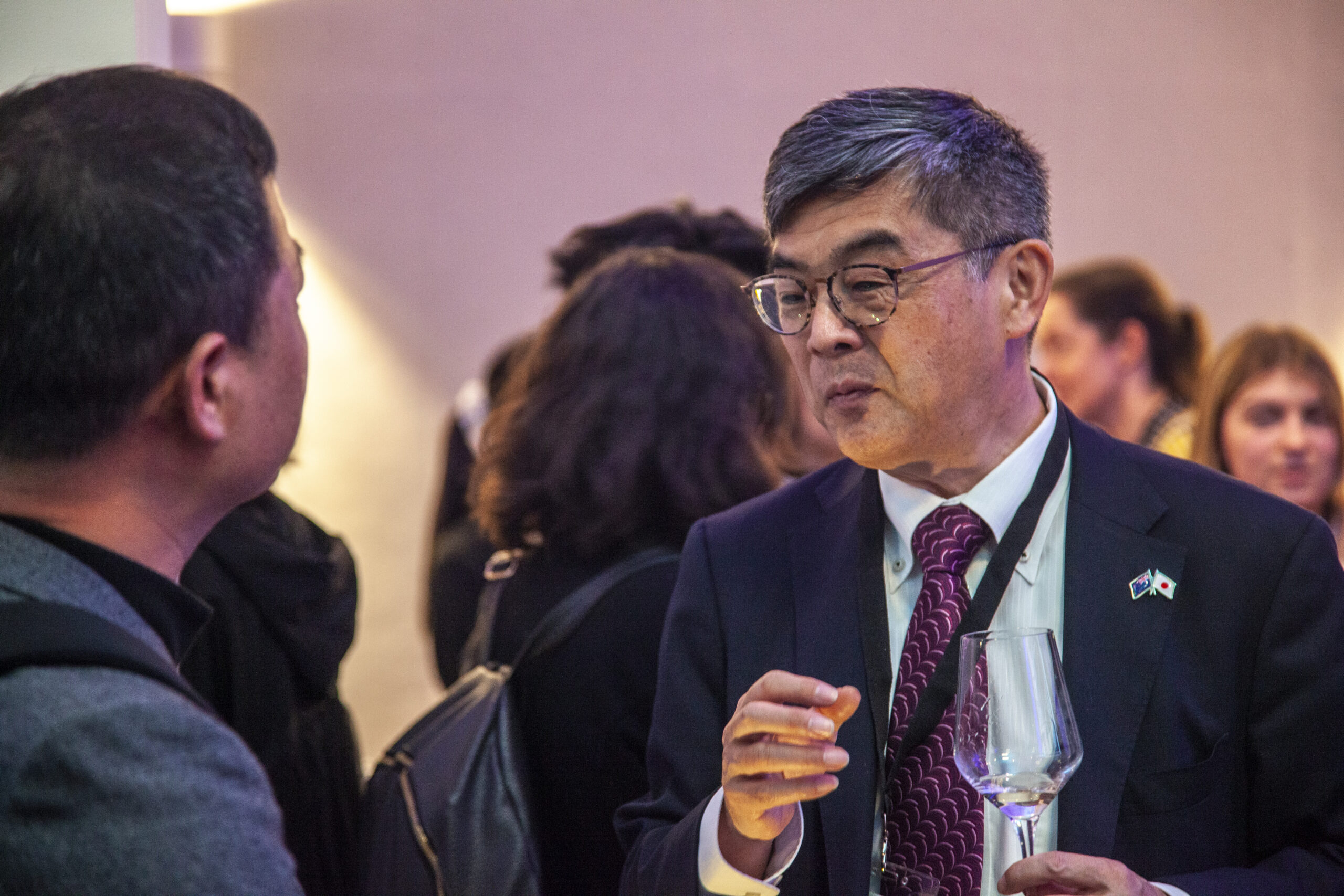During the Cold War, the nuclear landscape was dominated by the globe-spanning US–Soviet bipolar rivalry. Russia and the United States still account for over 90% of the world’s stockpile of nuclear weapons.
The emerging strategic rivalry, however, is between the US as the weakening hegemon and China as the rising comprehensive national power.
This is why Washington decided it could no longer ignore the nuclear challenge to its interests in the vast Indo–Pacific maritime space posed by China’s absence from the missile prohibitions of the INF treaty. About 95% of China’s missiles are in the INF range, enabling it to target forward-deployed US forces and allied territory – including Japan, Guam and Australia, with relatively inexpensive precision-strike conventional capability.
Without INF restrictions, the US can develop and station ground-launched intermediate-range cruise missiles in Guam, Japan, South Korea, and northern Australia that could reach deep into China’s interior. However, the search for Pacific allies prepared to host intermediate range conventional US missiles aimed at China will be challenging, with the downsides in bilateral relations with China and domestic political opposition likely to outweigh potential military advantages.
Speaking after the INF’s demise in August last year, the US President said he wanted Beijing to be party to any new nuclear pact with Moscow. China has rejected requests to save the INF by trilateralising it. Its stockpile of 320 nuclear warheads is not comparable to 6,375 Russian and 5,800 U.S. warheads.
On Aug. 6, 2019, Disarmament Ambassador Li Song expressed China’s deep regret and opposition to the ‘irresponsible unilateral’ U.S. withdrawal from the INF. On the same day Fu Cong, director of arms control in China’s Foreign Ministry, cautioned Asia-Pacific countries against permitting INF-range missiles to be deployed on their territory.
In an agenda-resetting speech in October 2018, the US Vice President outlined a thick catalogue of predatory practices and aggressive behaviour across a broad front by China. The Secretary of State updated the Administration’s strategic approach to China in a speech on July 23, depicting China as an ‘existential threat’ and calling for ‘a new alliance of democracies’. Where then-President Reagan had based his arms control dealings with the Soviet Union on the bon mot ‘trust but verify’, Pompeo said that, with China’s communist regime, ‘we must distrust and verify’.
At a news conference on Jan. 22, Foreign Ministry spokesman Geng Shuang bluntly rejected US calls for trilateral arms control talks: “The US constantly makes an issue of China on this to dodge and shift its responsibilities for nuclear disarmament.” Beijing has concluded that the US President does not believe in arms control, and is scapegoating China to pursue his real goal of dissolving the existing US–Russia nuclear arms control regime in order for his country to compete more effectively with China. Nuclear analyst Tong Zhao explains: “China views the U.S. push for trilateral arms control as purely insincere, hypocritical, and hostile against China.” Beijing is also suspicious of arms control as a tool for the strong, to undermine the security of the weak.
Washington has remained persistent. In May the new presidential senior envoy on arms control, Marshall Billingslea, expressed interest in a new far-reaching accord to limit all Chinese, Russian, and US nuclear warheads, including those on short-range delivery systems and those kept in storage. This would replace New START, but would also require very intrusive verification measures to cover stockpiles.
It will be challenging either to persuade China to accept significantly lower numbers of warheads than Russia and the US or, alternatively, persuade Moscow and Washington to permit China to reach parity.
A third way doesn’t exist. Fu Cong said: “if the U.S. says that they are ready to come down to the Chinese level, China will be happy to participate the next day.” However, “we know that’s not going to happen.”
Especially when Beijing perceives US policy as being increasingly aggressive and aimed at containing China, nuclear forces are seen as the ultimate guarantor of national security. To the Chinese, US refusal to acknowledge mutual vulnerability, and efforts to enhance damage-limitation and long-range precision strike capabilities, signal a higher nuclear risk threshold.
This is an updated version of the classic ‘security dilemma’ where one side’s defence-cum-deterrence preparedness to bolster national security is perceived by the other side as strengthened offensive capability and hence a threat to its security. This is why China has warned against the development and deployment of missile defence systems that could trigger a ‘high-tech arms race’ which aggravates ‘the international strategic imbalance’.
Hu Xijin, editor-in-chief of the militantly nationalistic Global Times, argues that “China needs to expand the number of its nuclear warheads to 1,000 in a relatively short time and procure at least 100 DF-41 strategic missiles.” But Zhao responded: “If China were to significantly build up its nuclear arsenal, it would seriously damage its international image and potentially threaten the efficacy and stability of the international non-proliferation regime.” This would undermine China’s “own interest in maintaining regional and international stability.” He notes that China successfully safeguarded its national security against far superior numbers of US and Soviet nuclear warheads during the Cold War.
China’s current nuclear technological prowess is comparable to Russia and the US, and it has hugely better survivability and counter-attack capabilities compared to its assets during the Cold War. Zhao’s warning that “a major expansion of nuclear weapons may bring more fear than respect” deserves to be taken to heart by all nuclear-armed states.
China’s stockpile has remained stable over decades, despite fluctuations in Russian and US numbers because Beijing doesn’t believe nuclear weapons can be used militarily to fight a war. Rather, they are political weapons to deter nuclear attack and prevent nuclear blackmail.
This permits China to adopt asymmetric deterrence postures vis‑a‑vis the US with significantly lower stockpiles. Instead of engaging in a sprint to parity that would fuel the nuclear arms race, China relies on buttressing the survivability and penetrability of its nuclear forces. For example greater maneuverability of the DF-21D missiles makes it difficult for enemy weapons to intercept them, while enhancing the precision of their munitions makes it easier to target moving enemy vessels with them.
Multilateral nuclear arms control agreements will have to accommodate the asymmetries in numbers and types of warheads and missiles, doctrines and force postures as they affect the relative military balance of the countries concerned.







0 Comments